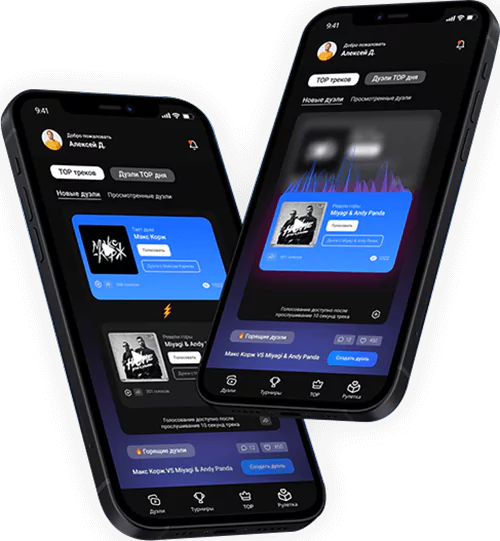
How to Effectively Leverage In-App Stories for Marketing Campaigns
Approximately a proportion of the earth's population, or more than two billion people, spend lots of time each day watching stories on applications like Instagram, TikTok, Facebook, or Snapchat. This proves that it has immense potential for enterprises to use the feature, create memorable brand narratives, and attract potentially unable to serve their clients to reach throughout the past, but with the advent of social media, everything has become possible.
Whether a small soda bar or a big bang business, everyone uses the enormous story feature of social apps to promote their brand.
With all the technology at our fingertips, we have just a few strategic campaigns away from getting our message across the board. Therefore, we have compiled some necessary information to help you orchestrate effective marketing campaigns.
Advantage of the in-app story feature
For instance, how could you reach the people if you have an app ready to go live? It’s obvious that word of mouth now seems to be a thing of the past. The marketing campaign for an app requires well-designed story posts with strategic planning to reach potential customers. The biggest advantage of stories is that they increase interactivity more than standard posts, photos, or articles, with fifty percent of story viewers choosing to click through until promoted content. Users engaged with the brand actively interact with the story format, taking in relevant data and responding to call-to-action cues. Considering the space, it has to engage users; this attention-grabbing quality is the biggest advantage of using the in-app story feature.
How to Leverage the Best of In-App Stories?
After considering all these advantages, you might want to learn more about incorporating story components into your software. Some workarounds and widgets can provide these functionalities without the hassle, even though coding a custom solution is expensive and time-consuming. Promote your app by providing relevant information to users' questions. You don't have to limit yourself to blog or generic Facebook timeline posts. Depending on the platform you choose, you can increase the variety of your material. Alternatively, you may develop a universal marketing campaign that speaks directly to the people. Furthermore, you have to show that you care and add value before you think about selling.
If you have an app that helps writers, that’s already a good point to start, as you have a mobile app that is useful to people; now go with the concept of storyboarding; you may record quick-moving videos of folks having trouble writing and then using your application to solve their problem. It's simple to upload it to YouTube and Instagram as a story or even reel, and it will function equally well on each platform because it has something useful to offer, and with some bells and whistles, your in-app marketing will boom with a lasting impact.
Keep These Things in Consideration:
• Don’t forget the keywords
A minimal keyword may reach its pinnacle and bestow us with active users. However, we can't be successful at seasonal in-app marketing if we don't understand how each keyword works during each season. Pay attention to holidays or special occasions coming your way, and plan to marque your strategies accordingly.
• Your app icon designs
A trendy and cool-looking app icon garners people's attention, making eye candy is crucial because when users perform a search, they will first see app icons. You should take advantage of them to the fullest extent possible.
• Previews of the app
Make sure to give as much outlook as possible because this is the key element. In other words, they are improving the effectiveness of our user communications. Thus we should gain some points from them.
• Final element of success
Leveraging in-app stories is a no-brainer for anyone trying to improve their promotion and awareness tactics, given their rapidity, simplicity, and capacity to effectively engage a wide audience of customers.
conclusion:
In conclusion, in-app stories provide an engaging and effective way to promote products or services and connect with audiences. To make the most of this marketing tool, businesses should carefully consider their brand messaging, design visually appealing stories, and include clear calls to action. Additionally, data and analytics should be used to track the success of the campaign and make necessary adjustments. By following these key strategies, businesses can effectively leverage in-app stories to boost engagement, increase brand awareness, and ultimately drive sales.
